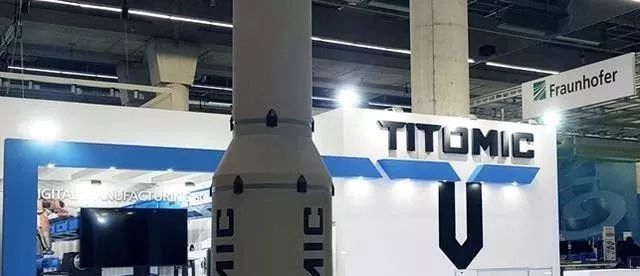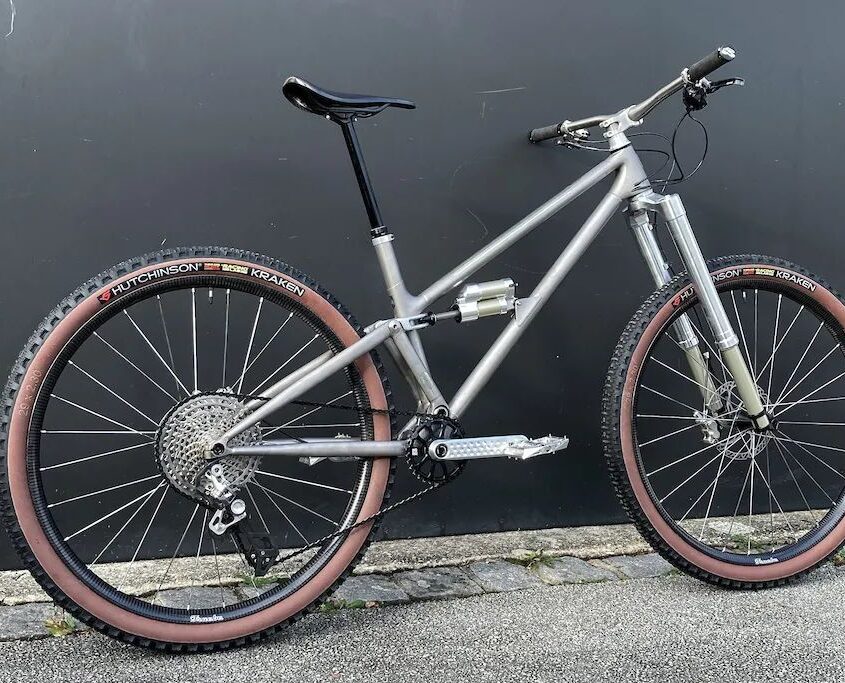Titanium is an excellent choice for 3D printing because of its strength-to-weight ratio, unique mechanical properties and excellent corrosion resistance. However, it is a relatively expensive metal and difficult to convert into a finished part due to its high melting point, which makes it less cost-effective for many applications. So it’s important to ensure that the materials used are of the highest quality. In addition to quality, titanium’s un-corrosive properties make it an ideal material for 3D printing.
The process of 3D printing titanium parts is largely the same as the process for producing other metals, but there are some limitations. For example, titanium cannot be joined like steel, and therefore there are restrictions in the size and shape of the finished part. While it is possible to 3D print titanium parts, it is not recommended to use this process for very large components. In addition, objects with multiple angular shapes or edges are not appropriate for 3D printing using the powder bed process. This is because after sintering, the titanium will show striation.3D printing could help increase the efficiency of the process, and can be used for various applications in the automotive, aerospace, and medical industries. Here are some typical applications of titanium used for 3Dprinter.
Titanium3D Printing Sacroiliac Joint
IFuse-3D from SI-Bone, a California medical device company, is the first titanium 3D-printed implant for the sacroiliac joint (SI). In 2017, the company already announced the commercial launch of the 3D-printed implant in the United States. The SI joint, located between the sacrum and the iliac crest of the pelvis, is responsible for 15 to 30 percent of chronic low back pain.
With the IFuse-3D implant approved by the FDA, Si-Bone is launching its first 3D-printed implant for SI joint fusion. IFuse-3d implants are made using a proprietary 3D printing process, according to the presentation. The process produces a unique, patented porous design and enhanced porous surface that mimics the trabecular structure of cancellous bone.
With a unique 3D-printed titanium structure, IFusE-3D implants provide the right conditions to promote all aspects of bone growth. It is based on the original iFuse implant, which has been approved by various publications and has been used in 26,000 procedures since 2009.
Titanium3D printing Bone Tether Plate
On February 2, 2015, MedShape, a medical mechanical company specializing in surgical protocols and techniques in sports medicine, joint fusion, and musculoskeletal trauma products, They have received 510 (k) clearance from the Food and Drug Administration (FDA) for their Bone Tether Plate. The Bone Tether Plate, one of the main components of the company’s FastForward toe-cyst correction system, was 3D printed by MedShape using medical-grade titanium alloy (TI-6AL-4V). The use of 3D printing technology enables MedShape to design products with complex structures that resemble existing human bone components. The technique means that patients with bunions will be able to implant 3D-printed titanium plates to better protect their existing bone structures. Given the high incidence of bunions in adults, this means that quite a few people may soon be walking around with “3D-printed titanium bones”.
In the past, the traditional surgical approach consisted of cutting, drilling, and realigning and fusing the first metatarsal or metatarsal wedge joint to the second metatarsal bone. Although this type of surgery can relieve some symptoms, it is often accompanied by a long recovery period and associated complications including bone nonunion, ischemic necrosis, and limb shortening. Today, the suture band on the Bone Tether Plate securely and securely engages the second metatarsal Bone without drilling, achieving an anatomical match to the existing Bone structure without requiring excessive and destructive drilling.
3D Printing Titanium Rockets

From Titomic, Australia. The 3D-printed rocket was built in Melbourne using the TKF 9000, the world’s largest and fastest metal additive manufacturing system, which utilizes the CSIRO-derived Titomic Kinetic Fusion (TKF) process. It took less than 28 hours to build. The 3D-printed titanium rocket, a scaled version of Gilmour Space’s ERIS-S rocket, is the largest 3D-printed titanium rocket in the world to date, measuring about 5.5 meters long.
Titommic says it’s able to build a full space rocket in 165 hours using economical, high-performance titanium and other super alloys that normally take years to build for rockets of this size and material.
Titanium 3D Printing Bicycle

When Ralf Holleis first showed off their 3D-printed steel Lindo cars, it was the high-tech approach that made the front and rear triangles and casing out of more traditional Renault 953, Columbus Zona, 17-4PH or 316L stainless steel. The printed frame is polished and the structure is completely different from the streamlined shape of a traditional steel frame car.
This time, all sleeves are manufactured using TI-6AL-4V alloy and Grade9 and Grade2 titanium alloys for the front and rear triangles respectively. The supplier of titanium tubes is the well-known Dedacciai. Why titanium? The titanium also allows Ralf to significantly reduce its weight without using carbon fiber. The entire frame has lost a full kilogram from 3.6kg to 2.6kg. The frame was built by Mathia Scherer from Mawis Bikes, who has been building titanium frames for 10 years. In addition to its weight advantages, Ralf believes titanium is less expensive than carbon fiber for 3D printing and is also more renewable. Finally, the corrosion resistance of titanium alloy allows Ralf to get creative with anodizing and sandblasting bicycle surfaces.
Titanium alloy has excellent mechanical properties, is lightweight, has corrosion resistance and good biocompatibility, and is also widely used in the field of oral and maxillofacial surgery. Titanium and titanium alloy plate, titanium mesh, retainer screw, artificial prosthesis can repair maxillofacial bone defects. Due to the complex physiological structure of the jaw, the traditional technology cannot accurately prepare the titanium alloy prosthesis that matches the morphology and biomechanical characteristics of the defect area and can complete the denture repair. Therefore, some postoperative complications often occur, leading to repair failure. As bone tissue prostheses, the properties of titanium and titanium alloys are closely related to their stability, safety and osteogenic ability after implantation. In practice, 3D printing is suitable for small areas, and complex and customized repair structures, especially for craniomaxillofacial bone defects with the same complex shape and interior.
The cost of titanium powder for 3D printing is one of the key factors to consider in developing a 3D printer. The cost per piece will depend on the size of the model, the complexity of the design and the finishing process. While special materials are expensive and difficult to produce, there are a variety of settings and processes that can enhance the quality of the printed part. For example, annealing a material can improve its tensile strength, stiffness, and heat resistance. This process has long been used in the manufacturing industry, but can also be used in 3D printing.

